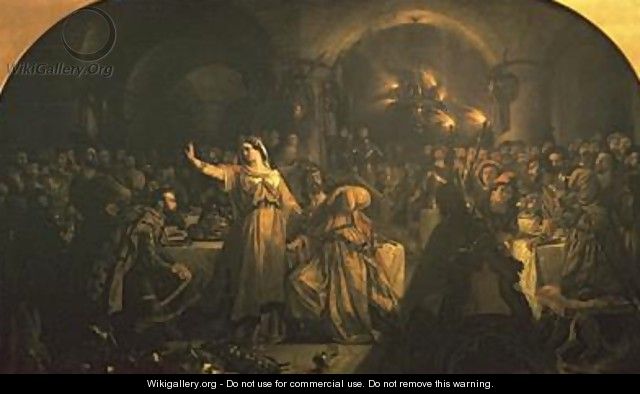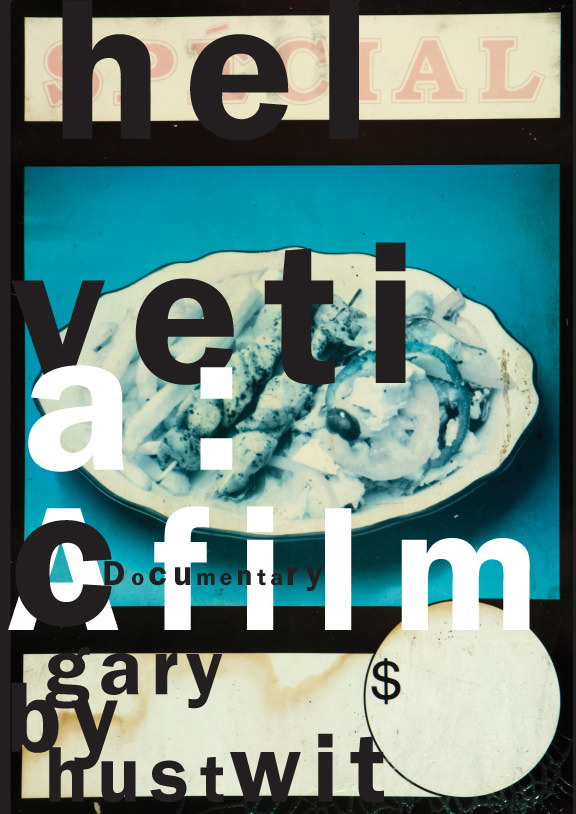A Quick Guide to Writing a Better Lede - The Writing.
A lede is the first paragraph of any news story. Many would say that it’s also the most important part, as it introduces what is to come. A good lede must accomplish three specific things: Many would say that it’s also the most important part, as it introduces what is to come.
When you think of newspapers, you probably tend to focus on the hard-news stories that fill the front page.But much of the writing found in any newspaper is done in a much more feature-oriented way. Writing ledes for feature stories, as opposed to hard-news ledes, requires a different approach.

If you’re stumped and can’t seem to get the lede down, press on. Write the rest of your story, then come back to the lede. Seeing how the story pieces together can be helpful in trying to figure out the lede. Some things you should try to avoid: Writing a lede that could have been written at some previous time. I can’t emphasize this enough.

How to write a Great Lede (Lead) A lead or lede refers to the opening sentences of a brief composition or the first paragraph or two of a longer article or essay. Leads introduce the topic or purpose of a paper, and particularly in the case of journalism, need to grab the reader’s attention.

A great lede can catch the eye for many different reasons, but giving the reader a completely new twist, something fresh, is a great way to engage them. Knowing what style to use Whether you go in with the hard facts, the “who, what, when, where” question, or get more creative, is really up to you and the demands of your audience.

Many students take journalism courses because they like to write, and many journalism courses focus on the craft of writing. But the great thing about news writing is that it follows a basic format. Learn that news story format and you'll be able to write strong stories, whether you're a naturally talented writer or not. Writing Your Lede.

But a lot of that depends on my lede. Here’s hoping it worked. An article lede can stop a person in his tracks—both the writer who is terrified to start writing the article and the reader who becomes captivated by a great lede. You should aim to write captivating story ledes every day. Otherwise, what’s the point?

Writing for the Web is a skill that’s easy to learn but difficult to master. One of the hardest elements is concocting a great lede; ledes being the one chance you have of persuading readers to commit to an article in full.Which is exactly what you’re doing in your head right about now.

This is a look at how reporters can write great follow-up news stories starting by writing a lede, which features the most important facts in the story.

Lede definition is - the introductory section of a news story that is intended to entice the reader to read the full story.

Software. Software is the key to a successful IT system. Well-written software makes new, integrated business methods possible, which promote growth and efficiency and are easily manageable. At Lede we write software to: Integrate business systems; Control information flow within organisations.

Learn how to write a lede for your marketing emails. It is critical to grab your reader's attention with a great lede to ensure they read the entire email.

The Lede Podcast: How to Write Damn Good Sentences. Jerod Morris: You’re listening to The Lede, a podcast about content marketing by Copyblogger Media. If you want to get a content marketing education while you mow your lawn or while you fold your laundry, this podcast is the way to do it.



